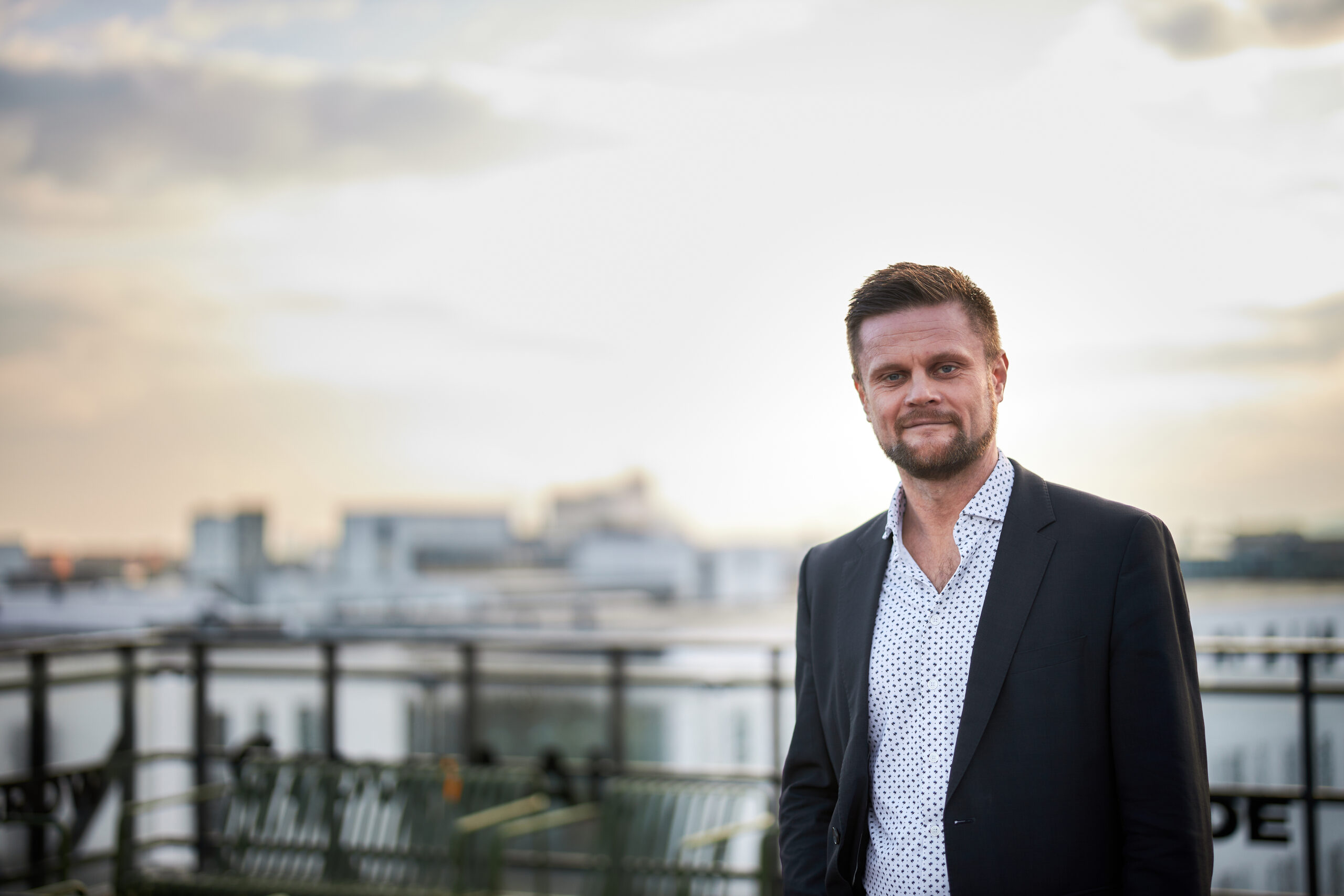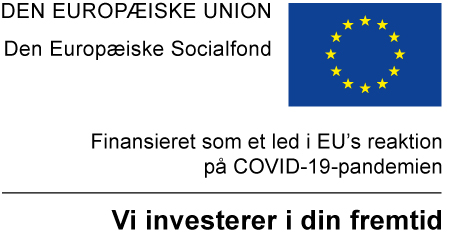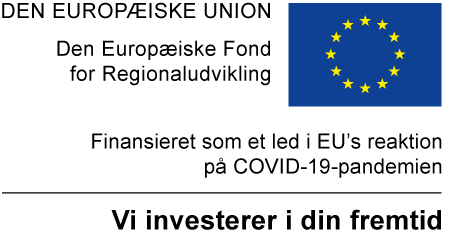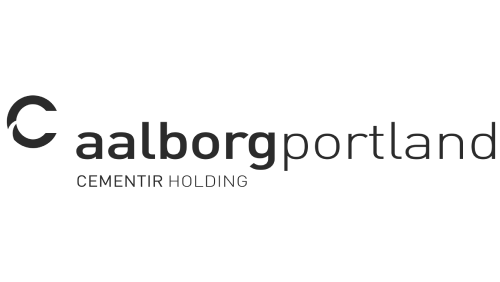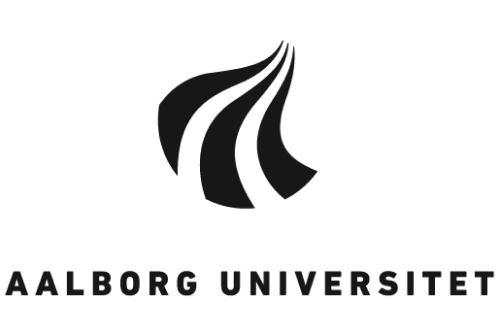Read with: Theyployable Green Power Solution is one of the good examples
While we wait!
Column by Michael Stie Laugesen, Project Manager i Green Hub Denmark
Northern Jutland is both known, and for some perhaps infamous, for its heavy industry, which includes cement production and a large and significant agricultural sector. These are crucial for the region's economy, but with them also comes a significant CO2 footprint that needs to be taken care of.
In North Jutland, several players are therefore working on exciting projects that have emission reductions in mind. In particular, projects under the Foundation for Just Transition and other existing projects that focus on CCUS (CO2 capture, transport, use and storage) as well as pyrolysis projects (a process where residual products from agriculture such as straw and manure in an oxygen-free environment) can be highlighted heated and converted into biochar and bio-oils).
From Green Hub Denmark's side, we are, among other things, involved in the development via the North Jutland lighthouse project CO2Vision. Via a number of test sites in the CO2Vision project, the partners focus on testing and demonstrating CO2 capture technologies, resource flows for pyrolysis, setting up electrolysis plants for the production of hydrogen (with a view to Power-to-X) and related business models, to name just a few of the activities.
The project has led to CCUS technologies being tested and demonstrated across the entire region, and several large projects with both private and public actors are now building on several of the initial results created via CO2Vision. In the long term, it would like to end up in North Jutland becoming one of the first places in Europe where CO2 is captured, hydrogen is formed and both are subsequently transported around in piped connections with a view to both use and storage.
The many exciting projects each add to the network of point sources, infrastructure, storage and application sites that are sprouting up all over North Jutland. In addition, the projects create synergies with other sectors, as surplus heat from CO2 capture and hydrogen production can for example be used in the district heating sector, and the captured CO2 together with the hydrogen can provide the raw material for the production of new materials such as plastics or as a component in fuels.
The potential is great, and one of our goals is that, via many small streams, we help develop and run projects that, overall, create the conditions for even more national and international actors to find it attractive to capture CO2, produce the hydrogen and develop and operate an integrated network for the transport and use of these and related industries. At least we are not standing still while we wait for that to happen.
